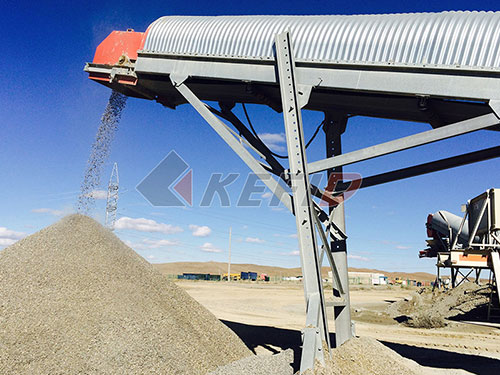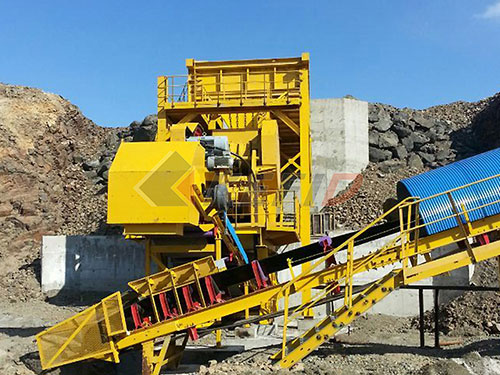The Unseen Powerhouse: Demystifying Gyratory Primary Crushers in Modern Mining & Aggregates
Within the thunderous heart of massive mining operations and large-scale aggregate quarries lies a colossal machine often unseen by the casual observer yet fundamental to their very existence: the Gyratory Primary Crusher. This engineering marvel represents the critical first step in liberating valuable minerals from blasted rock or transforming raw quarry stone into manageable fragments destined for further processing. Far more than just a large crusher, its unique design and operating principles make it indispensable for handling the toughest materials at immense capacities where other crushers falter.

The Core Principle: A Controlled Gyration
Unlike its more visible cousin, the jaw crusher, which employs a compressive “chewing” motion between two plates, the gyratory crusher operates on a fundamentally different principle: gyration. At its core is a central vertical shaft. The upper end of this shaft is suspended within a robust spider assembly mounted atop the crusher frame. Crucially, the lower end of this shaft is offset – it sits within an eccentric bushing or sleeve.
When power is applied (typically via an electric motor driving a pinion gear that meshes with a large gear on the eccentric), this eccentric bushing rotates. Because the shaft’s lower end is constrained within this rotating eccentric while its top is held centrally by the spider, the entire shaft assembly is forced to describe a conical pendulum motion. This motion causes the crushing head (a massive manganese steel mantle attached to the shaft) to gyrate slowly but powerfully against an equally robust concave liner fixed within the surrounding crusher frame.
The gap between the mantle and concave defines the crushing chamber’s profile – wider at the top where feed enters and progressively narrowing towards the bottom discharge point. As rock enters from above:

1. Intake: Large boulders fall into the wide opening at the top.
2. Compression & Reduction: As they descend into the narrowing chamber, they are repeatedly squeezed between the gyrating mantle and stationary concave.
3. Discharge: Once reduced sufficiently in size to pass through the narrowest point of the chamber (the closed-side setting – CSS), gravity pulls them out through the discharge opening at the bottom.
This continuous process – intake at top, progressive crushing as material descends through gyration-induced compression against converging surfaces, discharge at bottom – allows for extremely high throughput rates compared to reciprocating machines like jaw crushers.
Anatomy of a Giant: Key

Leave a Reply